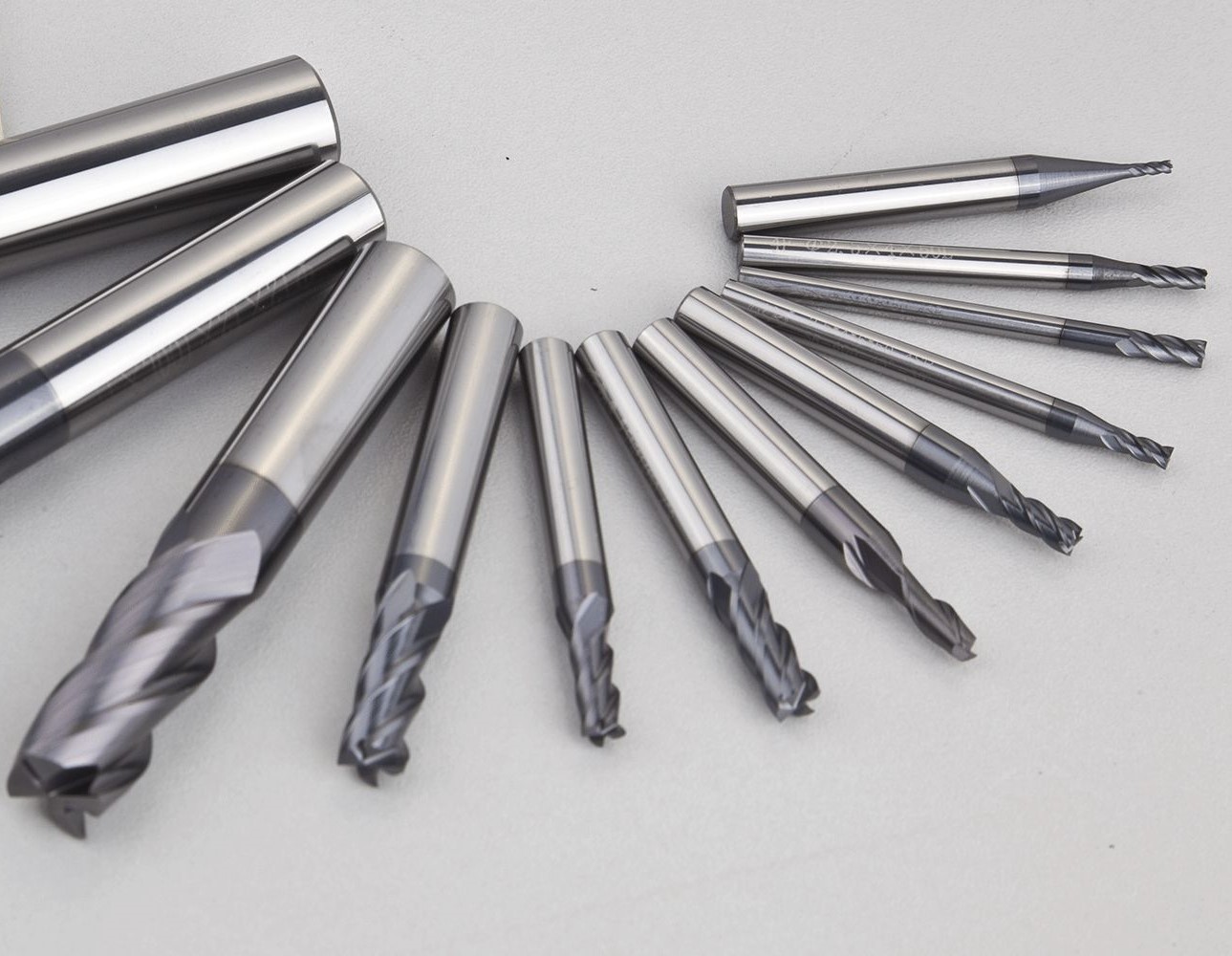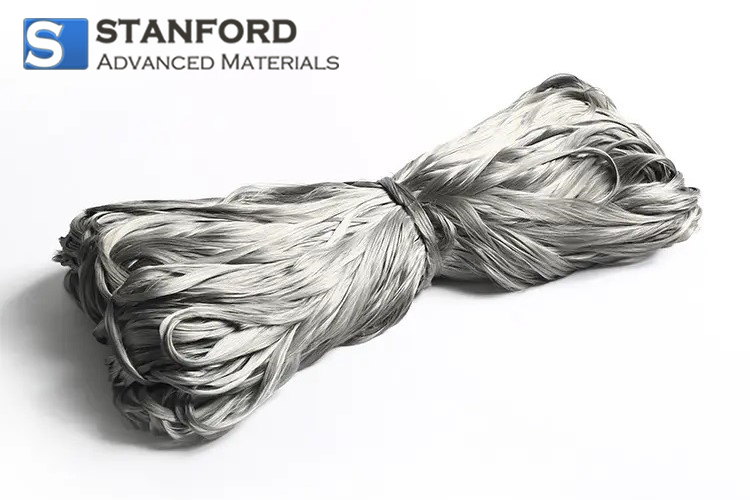High-Speed Steel Vs Tungsten Steel
High-speed steel vs tungsten steel, what's the difference? If you want to find the answer to this question, then you've come to the right place. In this article, we will take a closer look at the differences between high-speed steel and tungsten steel.

High-Speed Steel vs Tungsten Steel
What is high-speed steel?
High-Speed Steel (HSS) is a tool steel with high hardness, wear resistance, and heat resistance. HSS is a kind of complex alloy steel, which contains carbide-forming elements such as tungsten, molybdenum, chromium, vanadium, and cobalt, and the total amount of alloy elements is about 10-25%.
HSS is mainly used to manufacture complex thin-blade and impact-resistant metal cutting tools, as well as high-temperature bearings and cold extrusion dies, such as a turning tool, drill bit, hob, machine saw blade, high-demand die, etc. It can still maintain a high hardness in high-speed cutting under the condition of high temperature (500 °C), which is the main characteristic of high-speed steel, known as red hardness.
After quenching and low-temperature tempering, carbon tool steel has a high hardness at room temperature, but its hardness decreases significantly when the temperature exceeds 200 °C. When the temperature reaches 500 °C, the hardness approximates an annealed state, losing the ability to cut metal, which limits the use of carbon tool steel as a cutting tool. High-speed steel compensates for the deficiencies of carbon tool steel due to its red hardness.
What is tungsten steel?
Tungsten steel (hard alloy) possesses a series of excellent properties, such as high hardness, wear resistance, strength and toughness, heat resistance, and corrosion resistance. Particularly, its high hardness and wear resistance remain stable even at temperatures of 500 °C, and it retains high hardness at 1,000 °C.
The main components of tungsten steel are tungsten carbide and cobalt, which account for 99% of all the components, with 1% being other metals. Tungsten steel, also referred to as hard alloy, is regarded as a significant material in modern industry. Tungsten steel is widely used for manufacturing, including turning tools, milling cutters, drill bits, boring cutters, etc. The cutting speed of new cemented carbide is significantly higher than that of carbon steel.
Tungsten steel is a sintered composite material containing at least one type of metal carbide; tungsten carbide, cobalt carbide, niobium carbide, titanium carbide, and tantalum carbide are common components of tungsten steel. The grain size of the carbide component typically ranges between 0.2-10 microns, and the carbide grains are bonded together with metal binders. The bonding metals are generally iron group metals, and commonly used materials include cobalt, nickel, leading to tungsten-cobalt alloy, tungsten-nickel alloy, and tungsten-titanium cobalt alloy.
The sintering process of tungsten steel involves pressing the powder into the blank, then heating it in the sintering furnace to a specified temperature (sintering temperature), maintaining it for a designated duration (holding time), and subsequently cooling it down, resulting in the tungsten steel material with the required properties.
Summary Table
|
Feature |
High-Speed Steel |
Tungsten Steel |
|
Hardness and Wear Resistance |
High hardness and wear resistance, especially at high temperatures |
Significantly harder and more wear-resistant, but tends to be more brittle |
|
Cost |
More affordable and easier to work with |
More expensive and requires specialised manufacturing |
|
Toughness |
Higher toughness compared to tungsten steel |
More brittle, rendering it more prone to chipping |
|
Applications |
Drill bits, taps, other cutting tools requiring toughness |
Cutting tools, wear plates, rock drilling bits |
Conclusion
Thank you for reading our article, and we hope it can assist you in gaining a better understanding of the differences between high-speed steel and tungsten steel. If you wish to learn more about tungsten and tungsten alloys, we suggest visiting Stanford Advanced Materials (SAM) for further information.
As a leading supplier of tungsten products globally, Stanford Advanced Materials (SAM) has over two decades of experience in manufacturing and selling tungsten and tungsten alloys, providing high-quality tungsten products to meet our customers' R&D and production needs. Thus, we are confident that SAM will be your preferred supplier of tungsten products and business partner.

 Bars
Bars
 Beads & Spheres
Beads & Spheres
 Bolts & Nuts
Bolts & Nuts
 Crucibles
Crucibles
 Discs
Discs
 Fibers & Fabrics
Fibers & Fabrics
 Films
Films
 Flake
Flake
 Foams
Foams
 Foil
Foil
 Granules
Granules
 Honeycombs
Honeycombs
 Ink
Ink
 Laminate
Laminate
 Lumps
Lumps
 Meshes
Meshes
 Metallised Film
Metallised Film
 Plate
Plate
 Powders
Powders
 Rod
Rod
 Sheets
Sheets
 Single Crystals
Single Crystals
 Sputtering Target
Sputtering Target
 Tubes
Tubes
 Washer
Washer
 Wires
Wires
 Converters & Calculators
Converters & Calculators
 Write for Us
Write for Us


 Chin Trento
Chin Trento



